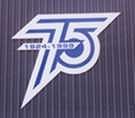. Triggered by their young
leader's desire to outpace competition, the Prevost team engineers and designers developed
the Champion: a moderm, split-level, three-axle airconditioned coach introduced at the
1967 NAMBO Convention in Montreal.
The first Champion was sold to C.H. Norton, Burlington Ontario,
Canada |
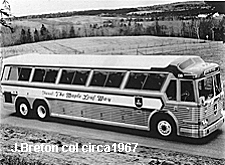
|
|
|
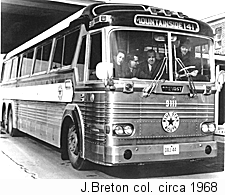
|
The first Prevost coach sold in
USA was a Super Panoramique delivered in March 1968 to the Summerset Bus Co. of New
Jersey. |
|
|
| The Champion model |
|
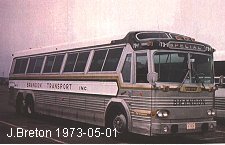
|
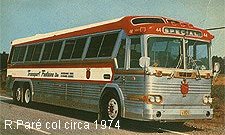
|
|
|
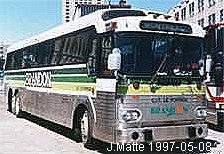
|
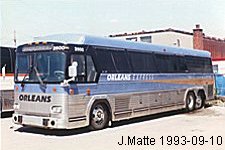
|
|
|
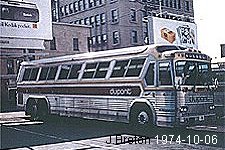
|
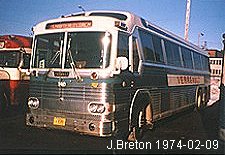
|
|
|
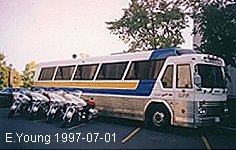
|
|
| Teamed with the Panoramique, the
new Champion model lived up to its name. Enough operators showed interest to substantiate
setting up a US network for sales & Service. A first dealership was set-up in New
Jersey, soon followed by a second branch in LA and by a third appointee in Vancouver BC. |
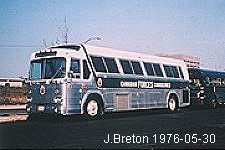
|
A special order
of 35-foot Champions was built in 1969-70 for the Canadian National Railways to replace
the abandoned 71-year old narrow gauge rail service in Newfoundland. These special
Champions featured gas engine and automatic transmission. |
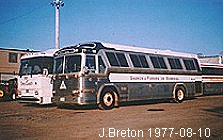
|
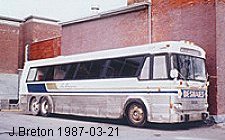
|
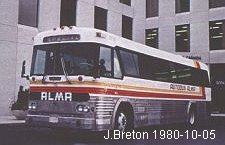
|
|
|
|
Operators had seen the LeNormand and when the Champion was introduced, U. S. and
Canadian operators sensed that Prevost had entered the market not just to be a "me
too" manufacturer. Prevost was not selling a price, they were selling performance,
styling, dependability and return on investment. They were out to try and provide
operators with a coach that would meet both their expectations and their passengers
expectations. |
|
Meanwhile in 1968, Prevost engineers began burning midnight oil to develop a revolutionary
new coach that carried through the proven design characteristics of the Champion combined
with a striking new European look and a stunningly smooth ride. At that time Prevost was
the only coach manufacturer to boast integral structure. And that means a lot when it
comes to styling possibilities. Prevost engineers and stylists made a presentation of
their new concept to one of their major clients who put in an order sizable enough to
justify production and the first LePrestige coach rolled off the line in late 1968. |
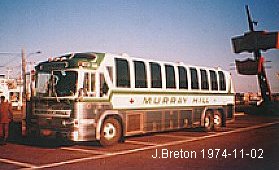 |
|
|
The market was highly receptive to the features of this truly revolutionary new coach: the
freshness of European styling (curved roof-wrapping sidewindows), a timetested
North-American powertrain, up-scale luxurious interior appointments... |
| It incarnated a long sought-after
combination by line-haul, tour and charter operators. The list of options even included a
super air-conditioning package that won the LePrestige many orders from operators from the
Hawaiian Islands. |
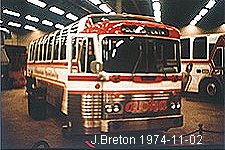
|
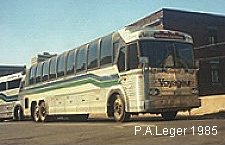
|
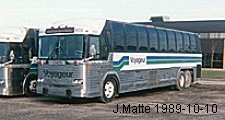
|
|
|
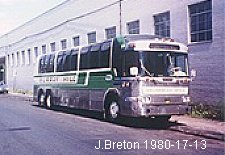
|
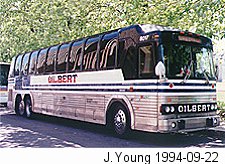
|
|
|
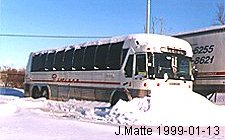
|
|
In 1973, Prevost added another 35,000 square feet to its manufacturing facilities.
Production capacity was further increased by extensive retooling and addition of state-of-
the-art manufacturing equipment. Engineers and stylists had kept developing new designs
which led to the introduction of the Le Mirage in 1976. People turned around to catch a
last glimpse of the Le Mirage unique silhouette. |
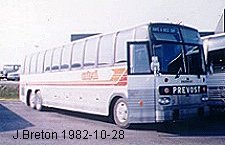
|
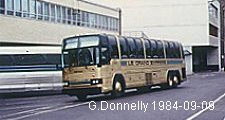
|
|
|
It boasted roof-wrapping sidewindows that climbed all the way to the continuous roof line.
Its fluted all-stainless steel skirting (up to window level) showed much less riveting
than current models. The integral structure was rust-protected with a state-of-the-art
process. The curb appeal was unmatchable.
Additional to the standard 96-inch width,
twelve 102-inch
widebody Champions were built for service in Canada between 1968 and 1973. |
|
The integral structure was key to Prevost developing high-end conversion shell version of
the Le Mirage, offering completely flat floor (no wheel humps) and a choice of 80-83-86
inches of floor-ceiling height with the possibility of positioning the roofwrapping
windows virtually anywhere along the sides of the coach. The first Le Mirage conversion
shell was introduced at the 1978 FMCA Rally in Columbus Ohio. |
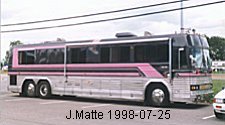
|
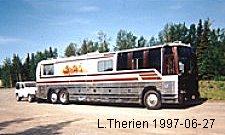
|
|
Continue with The
current years (1980 to ...) |

